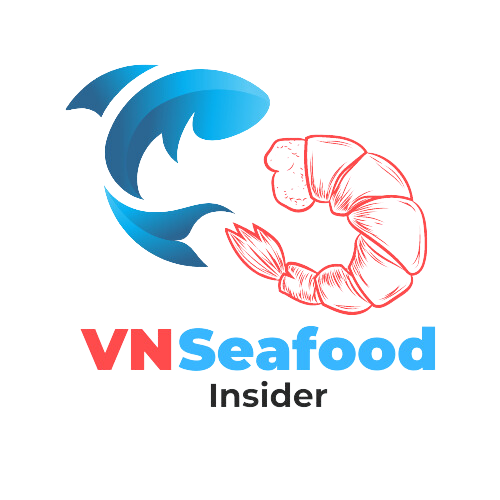The global seafood market is experiencing a seismic shift that’s creating unprecedented opportunities for Vietnamese aquaculture. As traditional white fish supplies dwindle and geopolitical tensions reshape trade flows, Vietnam’s tilapia industry is emerging as the white fish alternative that importers and distributors have been searching for.
At VNSeafoodInsider, we’ve been tracking these market dynamics closely, and what we’re seeing is nothing short of a transformation that could redefine the protein landscape.
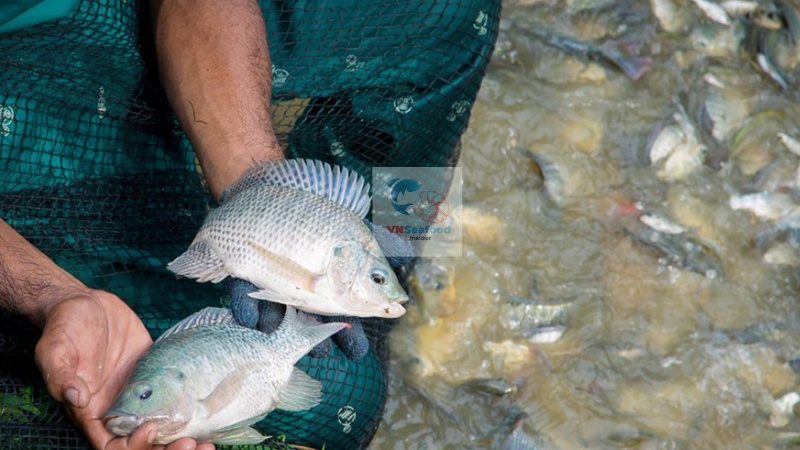
Outline
ToggleGlobal White Fish Alternative Market Creates Unprecedented Opportunity
Picture this: you’re a seafood distributor facing empty freezers and anxious customers. The numbers tell a stark story that’s keeping industry professionals awake at night. According to Undercurrent News, we’re looking at a projected 100,000-tonne drop in wild whitefish supply for 2025. That’s not just a statistic – it’s a massive gap in global protein supply that needs filling.
The pollock shortage has become particularly acute, driving unprecedented demand for sustainable white fish alternatives. Traditional fishing grounds are showing signs of depletion, while climate change continues to disrupt marine ecosystems. This perfect storm has forced the industry to look beyond conventional sources, and that’s where Vietnam’s tilapia sector steps into the spotlight.
The market shift toward sustainable aquaculture solutions isn’t just a trend – it’s a necessity. Consumers are increasingly conscious about environmental impact, while businesses need reliable, consistent supply chains. Vietnam’s controlled aquaculture environment offers exactly what the market desperately needs: predictability, sustainability, and scalability.
Why Vietnam’s Tilapia Import Supply is Positioning for Market Leadership
Here’s where the plot thickens in ways that even Hollywood couldn’t script better. On July 29, 2025, President Trump announced his second wave of punitive tariffs, and the numbers are staggering. Brazil got hit with the highest tariff rate at a crushing 50%.
China – the world’s largest tilapia producer, faces similarly prohibitive trade barriers. See more: Chinese tilapia US Tariff
What does this mean for you as an importer? It means your traditional suppliers just became significantly more expensive overnight. The Vietnamese tilapia market is uniquely positioned to capture these diverted orders, offering competitive pricing without the tariff burden.
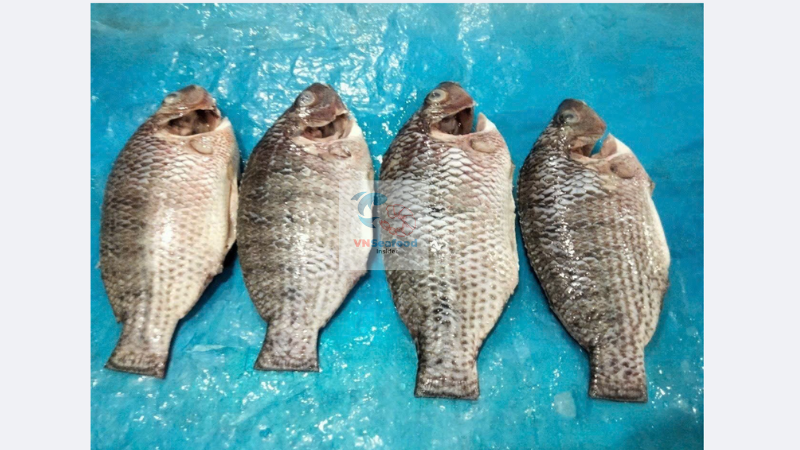
Vietnam has already proven its mettle in the processed deep-sea fish segment, building a reputation for quality and reliability. The infrastructure is there, the expertise is there, and most importantly, the capacity to scale is there. Vietnamese processors are already receiving inquiries from buyers looking to diversify away from tariff-heavy suppliers.
See more: Vietnam Tilapia Farming: How Farm-Gate Prices Doubled in 2025
Vietnam Aquaculture Export Revolution: From Pangasius Success to Tilapia Dominance
If you’ve been following Vietnam’s aquaculture story, you’ll recognize this playbook. The country’s pangasius industry transformation from small-scale farming to global dominance didn’t happen by accident – it was the result of strategic planning, infrastructure investment, and market positioning. Now, we’re witnessing the same blueprint being applied to tilapia farming.
Industrial-scale tilapia farming operations are sprouting across the Mekong Delta, mirroring the pangasius industry’s growth trajectory. Vietnamese companies are investing heavily in advanced processing facilities, understanding that the future lies not in raw exports but in value-added processing. This strategic shift is creating opportunities for premium processed tilapia products that meet international quality standards.
The Mekong Delta’s emerging tilapia production hubs are being designed with export markets in mind. Modern facilities, cold chain logistics, and quality control systems are being built from the ground up to serve international customers who demand consistency and reliability.
Sustainable Fish Farming: RAS Technology Transforms Vietnamese Tilapia Production
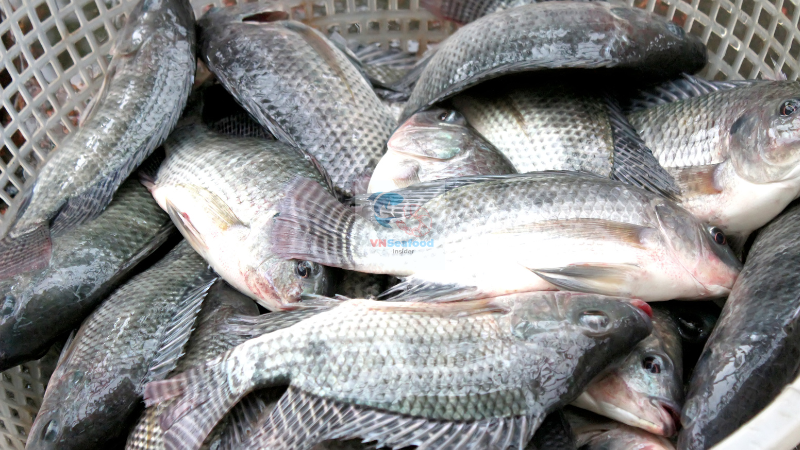
Now, let’s talk about the technology that’s making all this possible. Recirculating Aquaculture Systems (RAS) implementation across Mekong provinces represents a quantum leap in sustainable tilapia production. This isn’t your grandfather’s fish farming – this is precision aquaculture that would make tech companies envious.
The numbers are impressive: 90-95% water reuse efficiency means environmental sustainability without compromising productivity. The technical specifications tell the story of an industry that’s serious about efficiency:
- Stocking density reaches 80-120 fish per cubic meter
- Growth cycles are optimized to 4-5 months, taking fish from 20-30g fingerlings to market-ready 500-800g specimens
- Survival rates consistently hit 90-95%
- Yields of 60-80 kg per cubic meter represent multiple times the productivity of traditional farming methods
The environmental controls are equally impressive. Dissolved oxygen levels are maintained above 5mg/L, pH stays within the optimal 6.5-7.5 range, and toxic ammonia (TAN) is kept below 1mg/L. These controlled conditions result in healthier fish, reduced antibiotic usage, and minimal environmental impact – exactly what conscientious buyers are looking for in a white fish alternative.
Market Positioning: Vietnam’s White Fish Alternative Strategy
Vietnam’s positioning as a reliable white fish supplier goes beyond just competitive pricing. The country is building a comprehensive value proposition that addresses every concern modern importers face.
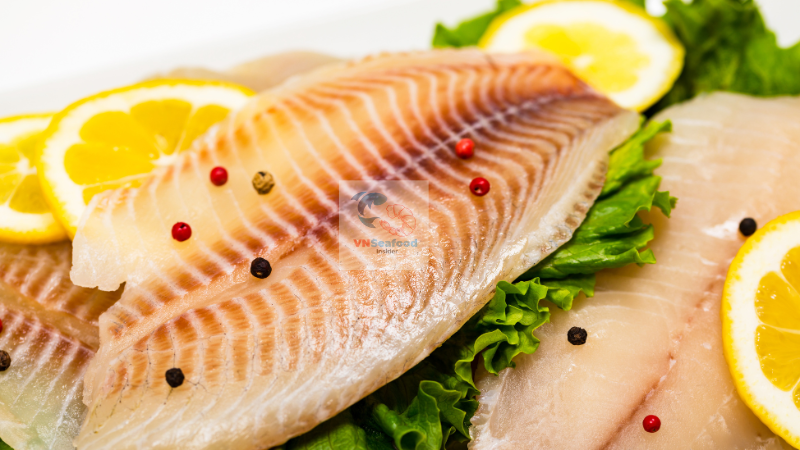
Quality standards are being aligned with international requirements, ensuring that Vietnamese white fish can seamlessly substitute for traditional white fish in your product lines. Processing facilities are obtaining international certifications, while supply chain logistics are being optimized for global distribution.
The competitive advantage extends to consistency of supply – something that wild-caught fisheries can no longer guarantee. When you partner with Vietnamese suppliers, you’re getting predictable volumes, consistent quality, and reliable delivery schedules. That’s the kind of stability that allows you to make long-term commitments to your own customers.
Export market diversification opportunities are expanding rapidly. As traditional suppliers face constraints, Vietnamese producers are building relationships across multiple markets, reducing dependency on any single region and creating more competitive pricing for importers.
See more: How to Identify High-Quality Frozen Tilapia Fillets A Complete Guide for Importers
Investment Outlook: The Future of Vietnamese Tilapia Industry
The investment momentum behind Vietnam’s tilapia industry growth is accelerating at a pace that suggests this isn’t just a temporary market adjustment – it’s a fundamental restructuring of global supply chains.
Infrastructure development in processing facilities is happening at unprecedented speed. New plants are being designed with international standards in mind, incorporating the latest in food safety technology and cold chain management. Technology adoption in sustainable farming methods is creating economies of scale that will drive down costs while improving quality.
Export market expansion projections suggest Vietnam could capture a significant portion of the displaced market share from tariff-affected suppliers. Industry consolidation trends are creating larger, more professional operations capable of serving major international buyers with the volume and consistency they require.
Key Takeaways for Seafood Importers and Distributors
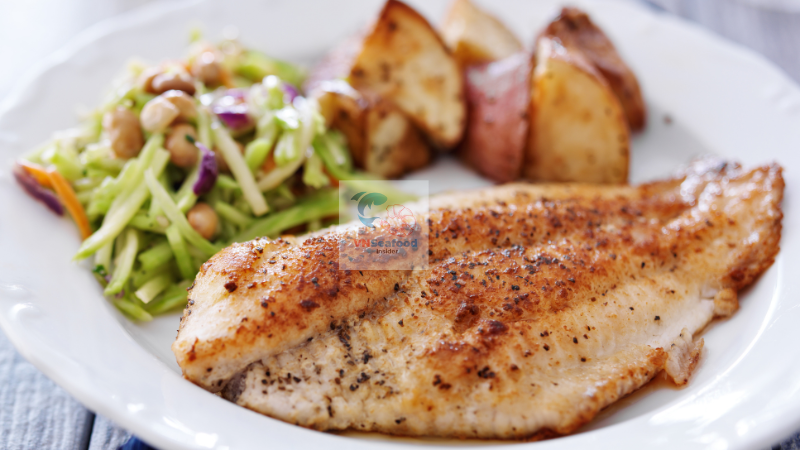
As we navigate these choppy waters together, the message is clear: the white fish alternative market is being reshaped by forces beyond any single player’s control. Vietnam’s tilapia industry represents more than just another supplier option – it’s a strategic partnership opportunity that addresses supply security, cost management, and sustainability goals simultaneously.
For importers and distributors, the question isn’t whether to explore Vietnamese tilapia options, but how quickly you can establish relationships with reliable suppliers. The companies that move first will secure the best partnerships and pricing structures as this market transformation accelerates.
The convergence of supply disruptions, technological advancement, and geopolitical shifts has created a perfect storm of opportunity. Vietnam’s tilapia industry is ready to sail through it – the question is whether you’ll be on board for the journey.
At VNSeafoodInsider, we’re here to help you navigate these opportunities and connect with the right partners for your business needs. The future of sustainable white fish alternatives is being written in the Mekong Delta, and it’s a story worth being part of.
